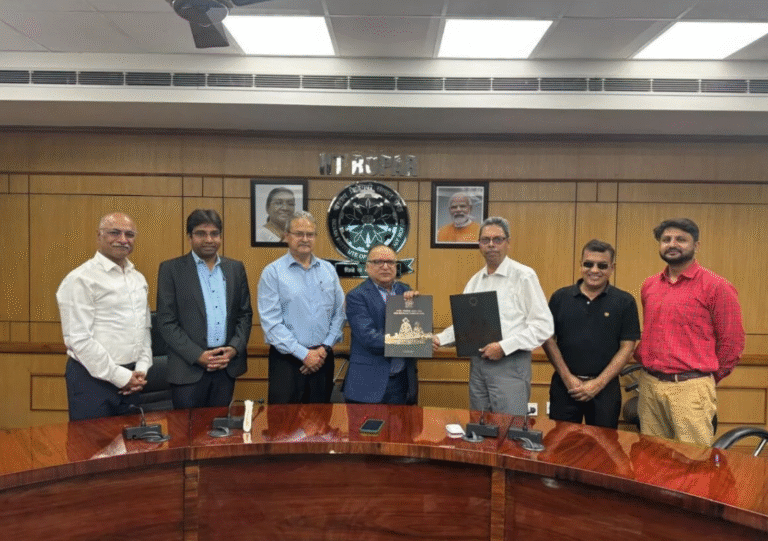
New Delhi, April 29, 2025 — Taking a decisive step toward establishing India as a global hub for electronics manufacturing, the government has launched the Electronics Components Manufacturing Scheme (ECMS), backed by a formidable ₹23,000 crore budget. The initiative is designed to amplify domestic value addition, attract significant investments, and weave Indian manufacturers deeper into global value chains.
Announced by Union Electronics and IT Minister Ashwini Vaishnaw, ECMS prioritizes firms boasting strong local design capabilities and strict adherence to ‘six sigma’ quality standards. Applications for the scheme, opening on May 1 via an online portal, will rigorously evaluate domestic design strength — a clear message that India seeks to foster genuine technological depth, not mere assembly operations.
Approved earlier this month by the Union Cabinet, the six-year programme aims to increase India’s global electronics manufacturing share from the current 3% to an ambitious 8%. Officials estimate the scheme could trigger investments worth ₹59,350 crore, generate nearly 91,600 direct jobs, and yield production valued at ₹4,56,500 crore.
The scheme smartly balances support, offering both turnover-linked and capital expenditure incentives depending on the nature of components — ranging from sub-assemblies like camera modules to critical components such as lithium-ion cells. Investment windows have been carefully structured, with a three-month window for sub-assemblies and bare components, and two years for supply chain and capital equipment projects.
Industry leaders, including Dixon Technologies, have already expressed intent to leverage the scheme aggressively. Experts highlight the ECMS’s strategic timing, coinciding with shifting geopolitical alignments that could redefine global supply chains and manufacturing bases.
In parallel with ECMS, the government’s broader push — including landmark missions in semiconductors and AI — suggests a coordinated policy thrust toward making India a technology manufacturing powerhouse by the end of this decade.
As S Krishnan, Secretary of the Electronics and IT Ministry, aptly put it, “This is India’s moment to secure its place in global electronics — not as an assembly line, but as an innovation-driven leader.”
Source: TOI






